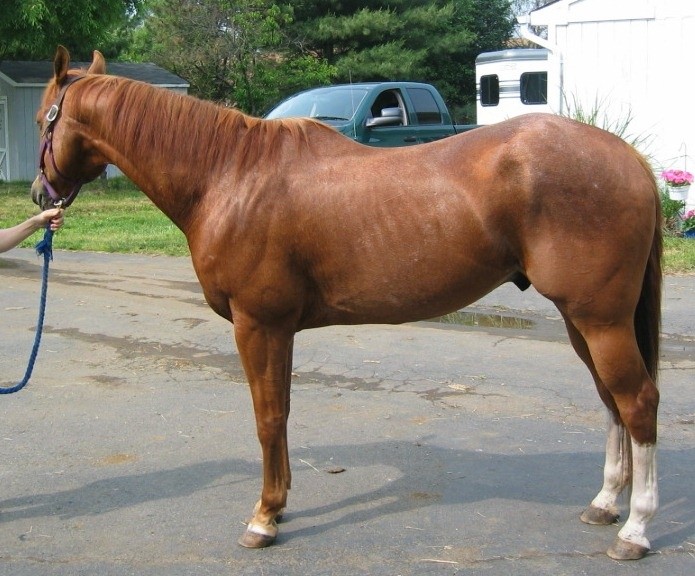Standard Quilt, for Xtreme Jump saddles & Equinox Jump Saddle
- Home
- Categories
- Saddle Pads & Numnahs
- All Saddle Shaped Pads made in our Standard Quilt
- Standard Quilt, for Xtreme Jump saddles & Equinox Jump Saddle
This version of our standard thickness, Saddle-Shaped pad, has been created to be a good shape to go under the BALANCE Xtreme Jump Saddles.
(Zenith, Felix, Matrix and Nexus Jump Saddles have their own pads to better match their shape, please go to this page for more information.)
Standard Thickness Quilt in a Saddle-Shape designed for Xtreme Jump saddles (XJGSS)
Colour Options for this Pad.
Please check with THV Saddling for any colour options that are available. Standard Black and sometimes Brown pads tend to be most easily available from stock.
Wither Contour Options.
Please note that the non-standard contour and length information still applies, but we (BALANCE) are not ordering non standard pads anymore, so you will need to order those from THV Saddling, as explained above.
All BALANCE pads are made with what we call a ‘Correct Contour’ shape along the spine. This shape respects the increase in height that you see in the horse’s back at the front of the saddle area.
Our ‘Correct Contour’ pads are suitable for most healthy horses. The difference between the level of the horse’s back (where the saddle sits) and the withers, should not be pronounced.

However, if the horse has underdeveloped or wasted muscle from any number of reasons including: saddle related damage; unbalanced riding; pain in the feet; pain in the mouth, ill health etc., the spineous processes in the wither area will appear to be more prominent. In these cases our Correct Contour pads may not have enough lift at the front and the Extra Hi-Wither Option would be more suitable. The difference in height between a 'Correct Contour' pad and an Extra Hi-Wither pad is 1" (2.4cm).
A ‘High Wither’ should not be assumed to be a horse’s natural shape no matter what the breed! It is usually a symptom of something that is not supporting the horse’s well-being .
Length Options.
The pads are available in 2 lengths…Regular and Extra Long (Extra Long to order only). Our Regular length is suitable for BALANCE saddles of B and C seat lengths, we recommend the longer version for D and E length saddles)
If you have a non-BALANCE saddle and want to know if this pad would be the right size to use with it, please see the dimensions shown below. As a rough guide, the Regular length is suitable for most saddles between 17" and 18" in length, but please use the measurements below to check the length against the length of the panels on your own saddle.
Please Note: These measurements cannot be guaranteed to the last mm. We accept a tolerance of plus or minus 1 cm. from the manufacturer.

Regular Length
- A -- B = 22" (56cm)
- C -- D = 18" (45.5cm)
- E -- F = 9" (23cm)
Extra Long
- A -- B = 24" (66cm)
- C -- D = 18" (51cm)
- E -- F = 9" (23cm)
Some additional Options for this pad.
No-Fleece Option. If you know your horse is allergic to, or dislikes the feel of wool against their skin, it is possible to order a version of this pad without the wool fleece.
How the Pad is designed and made.
It is made using a cotton covered quilt with a 5oz wadding inside and in what is called a ‘chicken wire’ stitch pattern.
The overall size of the pad is deliberately generous to keep pressures from the saddle away from the bound edges.
The high density, medium length wool fleece is shaped to sit under the whole of the panel area of the saddle to provide comfort for the horse.
Fixing Straps are positioned with care to avoid creating pressure points under the saddle.
Related Products
About
Being able to move in a powerful, balanced and engaged way, without restriction or discomfort, is every horse’s birth-right and essential in order for him to be able to carry the unnatural weight of a rider, without doing harm to himself.




